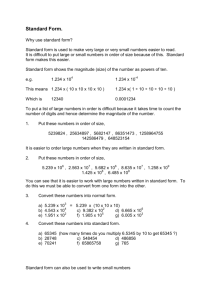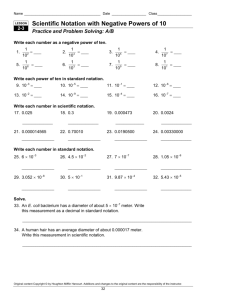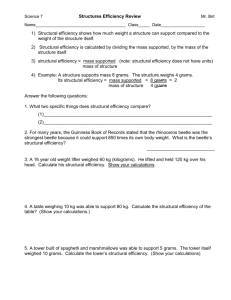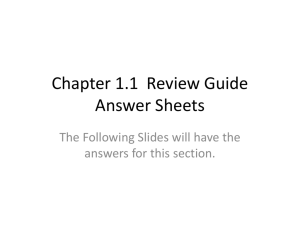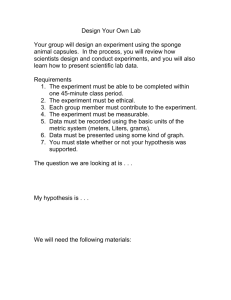Practice sig figs and sci notation
advertisement
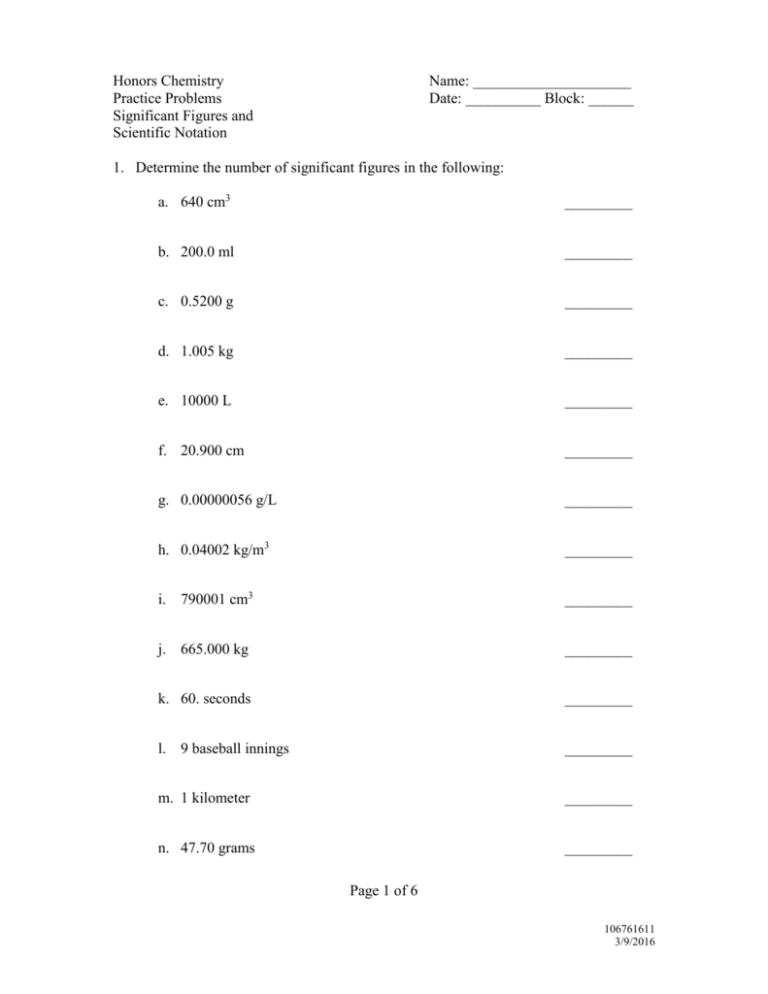
Honors Chemistry Practice Problems Significant Figures and Scientific Notation Name: _____________________ Date: __________ Block: ______ 1. Determine the number of significant figures in the following: a. 640 cm3 _________ b. 200.0 ml _________ c. 0.5200 g _________ d. 1.005 kg _________ e. 10000 L _________ f. 20.900 cm _________ g. 0.00000056 g/L _________ h. 0.04002 kg/m3 _________ i. 790001 cm3 _________ j. 665.000 kg _________ k. 60. seconds _________ l. 9 baseball innings _________ m. 1 kilometer _________ n. 47.70 grams _________ Page 1 of 6 106761611 3/9/2016 o. 25 computers _________ p. 0.0950 meters _________ q. 1 minute _________ r. 1000. meters _________ 2. Round each of the numbers in the first column, to three (3) significant figures. Place the answer in the second column. Take the number from the second column and put it in correct scientific notation, in the third column: a. 98.473 liters _________ _________ b. 0.00076321 centigrams _________ _________ c. 57.048 meters _________ _________ d. 12. 17 kilometers _________ _________ e. 74.983 millimeters _________ _________ f. 1764.9 milliliters _________ _________ 3. Perform the following calculations and express the results in the correct units and number of significant figures: a. 8.7 grams + 15.43 grams + 19 grams _________ b. 4.32 centimeters x 1.7 centimeters _________ c. 853.2 liters – 627.443 liters _________ Page 2 of 6 106761611 3/9/2016 d. 38.742 kg ÷ 0.421 m3 _________ e. 5.40 meters x 3.21 meters x 1.871 meters _________ f. 5.41 m3 + 11 m3 + 87.3000 m3 _________ 4. Perform the following conversions: a. 5.2 cm to mm _________ b.0.049 kg to g _________ c. 1.60 mL to µL _________ d.0.0025 g to µg _________ e. 0.020 kg to mg _________ f. 3 kL to dL _________ g.209 nm to mm _________ h.35 mm to cm _________ i. 500,000µg to kg. _________ 5. The greatest distance from the Earth to the Sun during the Earth’s revolution is 152 million kilometers. What is this distance in Megameters? Page 3 of 6 106761611 3/9/2016 6. Perform the following calculations. Express the results in scientific notation with the correct number of significant figures. a. 4.74 x 104 km + 7.71 x 103 km + 1.05 x 103 km ________ b. 2.75 x 10-4 m + 8.03 x 10-5 m + 2.122 x 10-3 m ________ c. 4.0 x 10-5 m3 + 6.85 x 10-6 m3 – 1.05 x 10-5 m3 ________ d. 3.15 x 102 mg + 3.15 x 103 mg + 3.15 x 104 mg _________ e. 7.20 x 103 cm x 8.08 x 103 cm _________ f. 3.7 x 104 mm x 6.6 x 104 mm x 9.89 x 103 mm _________ g. 8.27 x 102 m x 2.5 x 10-3 mm x 3.00 x 10-4 m _________ h. 2.290 x 107 cm ÷ 4.33 x 103 s _________ i. 1.788 x 10-5 L ÷ 7.111 x 10-3 m2 _________ j. 5.515 x 10-4 km ÷ 1.48 x 10-2 min _________ Page 4 of 6 106761611 3/9/2016 7. A technician experimentally determined the boiling point of octane to be 124.1 oC. The actual boiling point is 125.7 oC. Calculate the technician’s percent error. 8. A student estimated the volume of a liquid in a beaker as 2.0 x 102 mL. the same liquid measured in a graduated cylinder has a volume of 208 mL. Assuming the graduated cylinder is more accurate than the beaker; calculate the percent error in the student’s measurement. Page 5 of 6 106761611 3/9/2016 9. A student measures an object and finds the mass is 110.25g. The correct value is 115.00 g. What is the student’s percent error? 10. A yard is exactly 3 feet. A meter is 3.2808 feet. If a student used a yardstick instead of a meter stick and concluded a soccer field was 50. meters wide, what was his percent error? Page 6 of 6 106761611 3/9/2016
